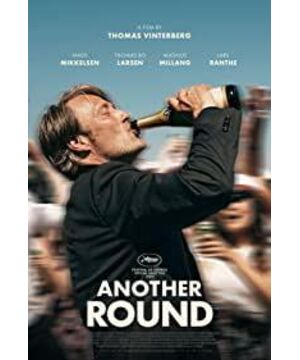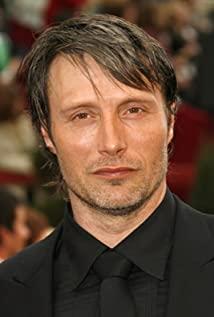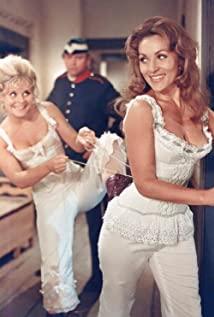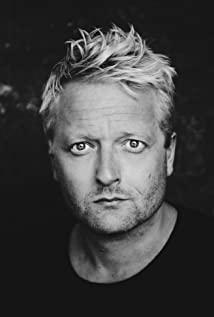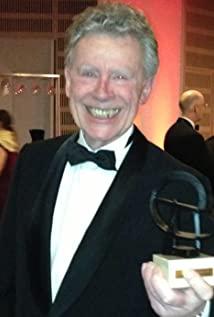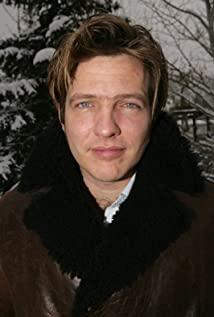In recent days, the new work " Druk " by the Danish director Thomas Vinterberg has received a lot of praise. This work was shortlisted at the Cannes Film Festival last year, and then swept the European Film Awards. It won four awards including Best Picture, Best Director, Best Actor and Best Screenplay. It is expected to become One of the best international film hot candidates for the 2021 Oscars. Although 2020 is undoubtedly the "little year" of European and even world films, this work still has its advantages, and we can also see Winterberg's creative context.
From his own director experience, Winterberg’s creation is roughly divided into three parts, one of which is represented by his most famous works "Family Banquet " ( Festen ) and "Hunting" ( Jagten ). The main focus is on the evil and dark aspects of human nature, and the main discussion is ethical issues. In these works, Winterberg tries to show us a world with ethical depth. In short, the emotional relationship in this world is not as natural as we think, for example, the love of parents for their children is unconditional. Yes, children must be the incarnations of good, etc.; for him, the people who are least likely to do evil are often able to do the most unacceptable things under the established ethical rules, and we treat them psychologically. It's just unprepared. When they broke through the ethical restrictions, we were not only subverted by the Three Views, but also with a great sense of powerlessness. Similar discussions are quite deep in both "Family Banquet" and "The Hunt", especially in the latter, a little girl with an angelic face and innocent people has always insisted that the actor sexually assaulted her. In response to this powerful ethical complaint, Max Mickelson’s protagonist has little power to fight back. In the end, he can only become the moral prey of the community, and the director is precisely to give Europe and the world’s "politics". "Correct" sounded the alarm.
The reason why Winterberg had similar discussions is actually closely related to the Lutheran Christian social culture, which is solidified, conservative, and has no space for discussion in Northern Europe (especially Denmark). Under this culture, Nordic directors have a clear line of discussion on ethics. In Denmark it is from Karl Dreyer to Lars von Trier and Winterberg, and in Sweden it is from Inge. Mar Bergman to Ruben Ostlund. Of course, many Nordic directors today are unwilling to purely social criticism, but push the discussion of the problem to a deeper level: they try to make some kind of experiment within the existing social culture, and let a special group and the established system The frames collided, creating a strong drama. Whether this kind of social experiment has formed a new Nordic trend is too early to tell, but the creative paths of Winterberg and Ostlund do have obvious similarities: from the discovery of real moral dilemmas To create possible moral anxiety, they have extremely in-depth observations and reflections on society.
As far as Winterberg is concerned, Kollektivet and Alcohol Project are both such works. However, "Alcohol Project" does not have Bergman's bitterness and deep hatred, but introduces the audience in a relaxed and witty tone, and then makes the meaning surface itself through contrast: at the beginning of the film, a group of carefree Concerned young people drink and have fun, and even chain law enforcement officers on the subway. For Winterberg, this is what youth should be like. After that, we saw their teachers, four high school male teachers facing a midlife crisis, in order to get rid of their depressed living conditions and to return to their vigorous and young age, they began to conduct a certain kind of "research": they tried to work on themselves. To verify the statement of the Norwegian philosopher Finn Skadrud, that the human blood lacks an alcohol concentration of 0.05%. With the gradual unfolding of the plot, the alcohol intake of the four people gradually increased, the situation (unsurprisingly) gradually began to get out of control, and the pleasure brought by alcohol gradually began to fade, adding a new heavy burden to their lives. Bring more frustration and hesitation.
In recent years, going global temperature Te Boge works lacking, such as in the production of several "Kursk" ( Kursk ), "run away" ( Far Madding the From at The Crow later) and so mediocre, finally returned The subject matter and field he is good at. The beauty of "The Alcohol Project" does not lie in the overwhelming plot (the audience may have predicted the direction of the story long ago), but in how the director handles the subjective feelings of people when they are drunk. For this problem, Winterberg's practical and very simple techniques have been realized. He uses handheld photography + close-up methods to bring strong emotions to the picture, allowing the audience and the male protagonist to be immersed in the plausible and imaginary images. In fact, this method also comes from the method Winterberg has been accustomed to for a long time: as early as 1995, he, together with Lars von Trier and Christine Levine, launched the Dougma 95 movement (dogma95). '), hoping to instill a sense of simplicity in filmmaking, emphasizing the purity of film composition and focusing on the true story and the performance of the actors themselves. Although time has passed, the ten commandments of the Dougma 95 movement (on-site shooting, simultaneous sound and picture, handheld photography, color 35mm, unacceptable genre movies, etc.) have become history to some extent, but the "Alcohol Project" is still saturated with one. This kind of unpretentious sincerity (even if a bit rough), it is difficult for adults who have drunk to not be infected by the shots of the protagonists after drinking: the world around them becomes transparent and clear, and the backlight lens is warm enough and yet Enough to make people dizzy. Mickelson’s performance also adds a lot to the film. Through his eyes, we see the helpless, contradictory, and depressed release...Although his face is usually expressionless, it often accumulates under this face. With huge and rich feelings.
The lens language of the "Alcohol Project" makes this movie seem real and unreal. What we see through the lens is often the unrealistic imagination of the world of drunk people. Below this, it is a realistic and cold. The real world full of stress, inescapable and inevitable. The film microscopically shows how a temperate person slides to the edge of life collapse: interestingly, for Winterberg, a temperate person seems to be more likely to drink alcohol because they lack an outlet to release the pressure of life. . The cold climate, the lack of progress in the career, and the indifferent family emotional life make people fall into a state of life very unconsciously, so that when the actor suddenly looks back, he finds that he hasn't been out with his wife for seven or eight years. . The "heart and spirit" of the youth is gone, replaced by static, solidified, and almost eternal meaninglessness, which slowly wears away the will of people, and this situation does not seem to be an individual accident-the protagonist's wife It means that alcoholism is not a single person’s problem, "the whole country is starting to drink like a lunatic."
It is quite interesting that the film is quite abruptly inserted into a series of historical images, including former Soviet General Secretary Brezhnev, former Russian President Yeltsin, former French President Nicolas Sarkozy, Belgian politician Mitchell Darden, etc. The drunken scenes in public give the film a hint of political satire, and it also penetrates the film’s “drilling bit” into a culture—the drinking tradition shared by all high-latitude regions such as Northern Europe and Russia. In this sense, the question Winterberg posed through four middle-aged men is not only a physiological problem (how to return to youth?), but also a social problem (how to get rid of alcoholism?), and even more a problem. Philosophical question: how to escape from his "life" and how to get rid of his own predicament, as shown in Bella Tal's masterpiece "The Horse of Turin", to escape the necessity of dressing, pulling carts, and eating potatoes every day Circulation and fate?
Obviously, Winterberg and his screenwriter could not and did not want to give a solution, and the ending was ambiguous: the actor Martin started drinking and dancing with a group of graduate students, and finally even jumped into the sea. The film freezes at the moment of jumping into the sea, but the contradiction is of course not resolved. Alcohol does not really restore a person's courage and strength to survive-it is at most an indulgence note with the expiration date. After waking up, the indulgence note When it is used up, there will be greater nothingness-just as Winterberg has been narrating. So, is this life?
View more about Another Round reviews


